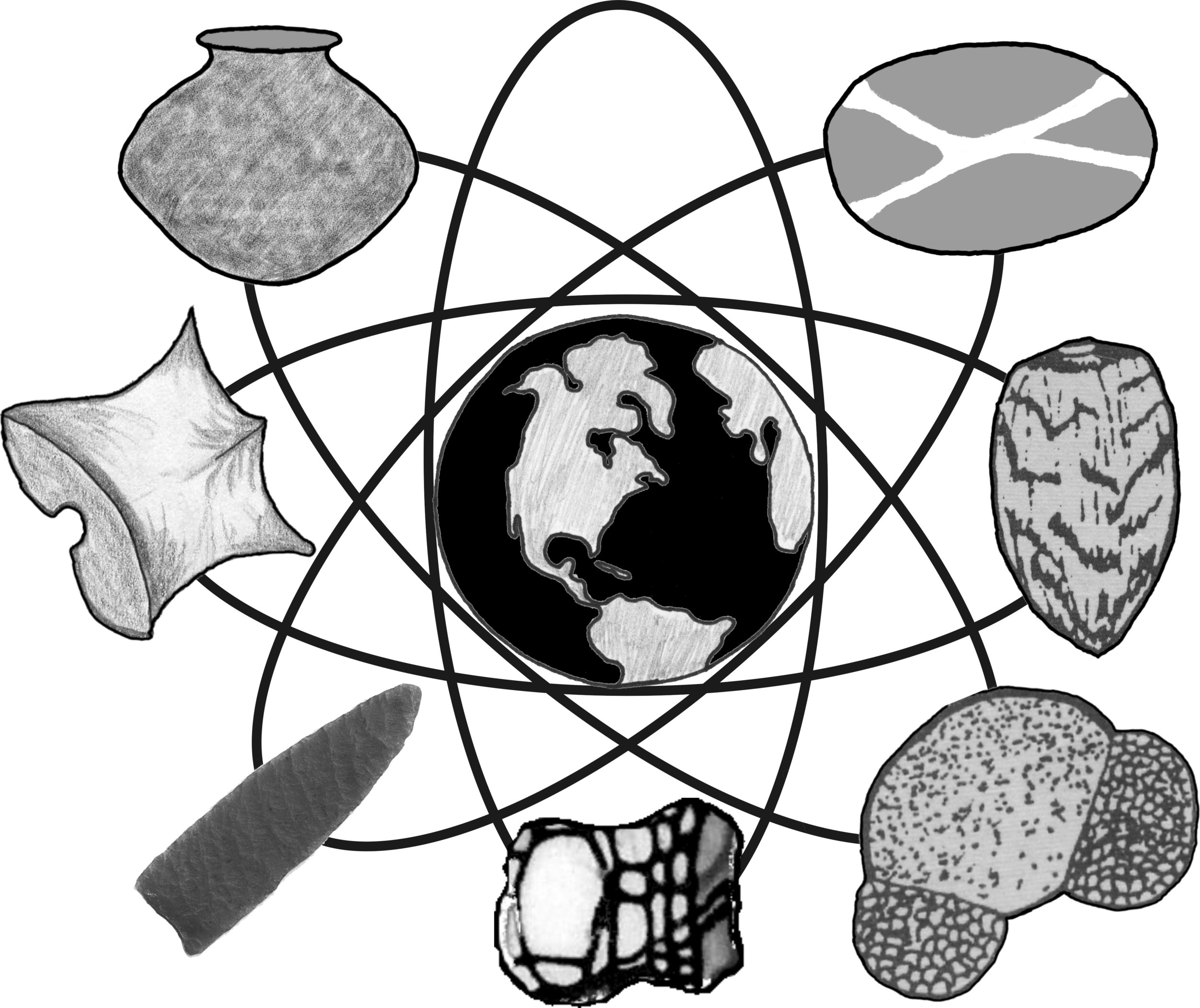FOR MELISSOPALYNOLOGY, PLEASE ADDRESS ALL CHECKS AND POSTAGE TO:
PURITY SCIENCE, 2675 YOUNGFIELD STREET GOLDEN, COLORADO, 80401
Melissopalynology
(Honey Pollen)
Melissopalynology is the study of pollen in honey. This branch of palynology identifies the pollen’s source, including the geographical location(s), and genera of plants that honeybees visited. Melissopalynological studies are useful for those interested in accurately labeling commercial honeys, or for substantiating source claims for particular types of honey (e.g., monofloral honeys). It also identifies contaminants that may be introduced from adding corn syrup or honey from other locations.
Honey Geography and Environmental Monitoring
Identification of pollen within honey samples, and an estimation of the percentage in which certain kinds of pollen are present, make it possible to trace the botanical source(s) with greater precision than direct observation of bee forage preferences. Melissopalynology also makes it possible to trace the geographic origin(s) of honeys, because the presence of different pollen reflects the plants the bees visited. When analyzing honey pollen, the identification of geographic origin is generally based on the combination and ratios of pollens typical of a particular region.
In addition to its utility in marketing commercial honeys, melissopalynological analysis provides insights into the management of important honey-producing plants in different regions. When identifying sites for keeping bee colonies or when considering landscape management strategies prioritizing biodiversity, honey pollen analysis can pinpoint floral sources for nectar production that are preferred by bees, preserving the apicultural integrity of the local environment.

